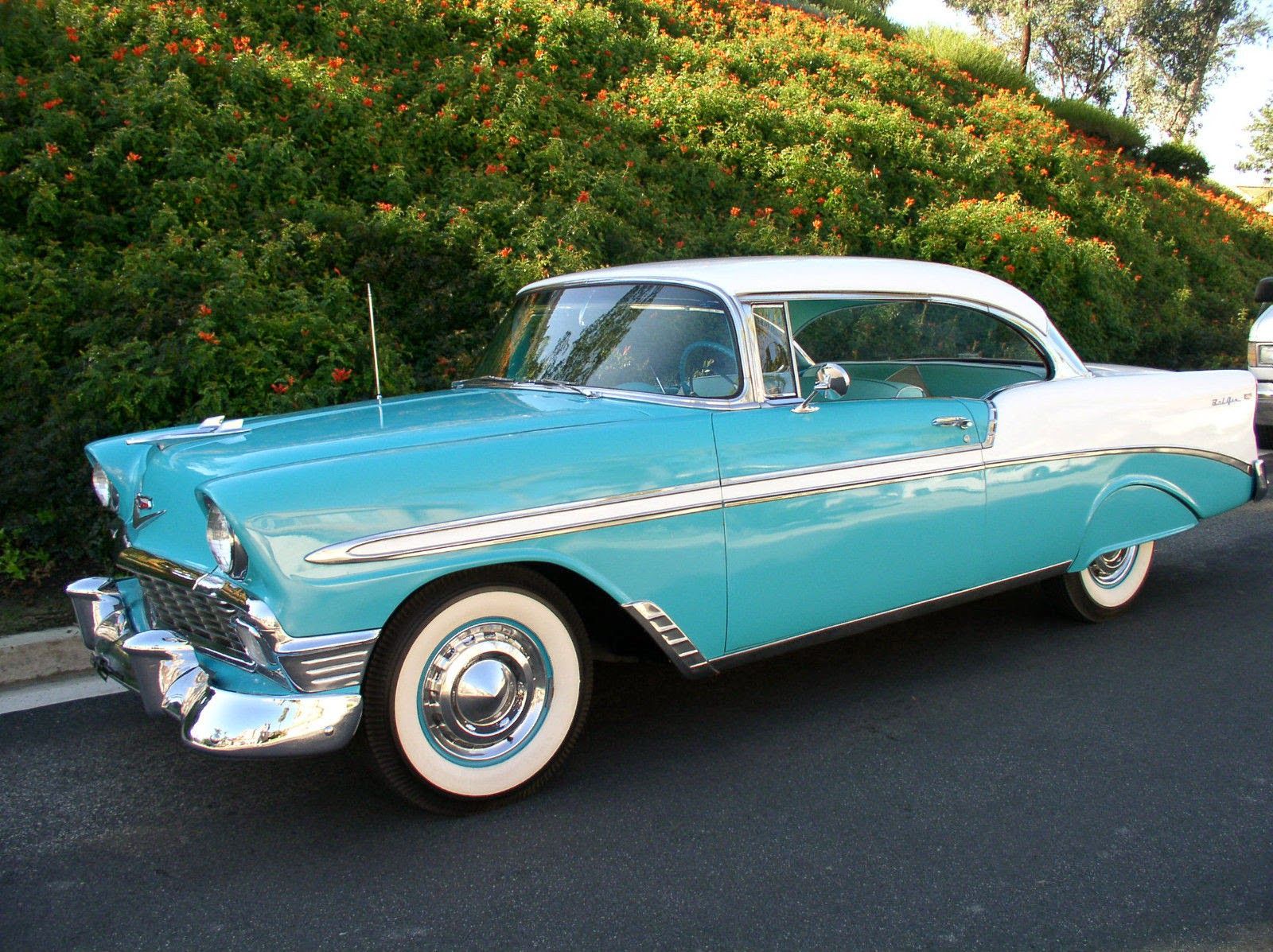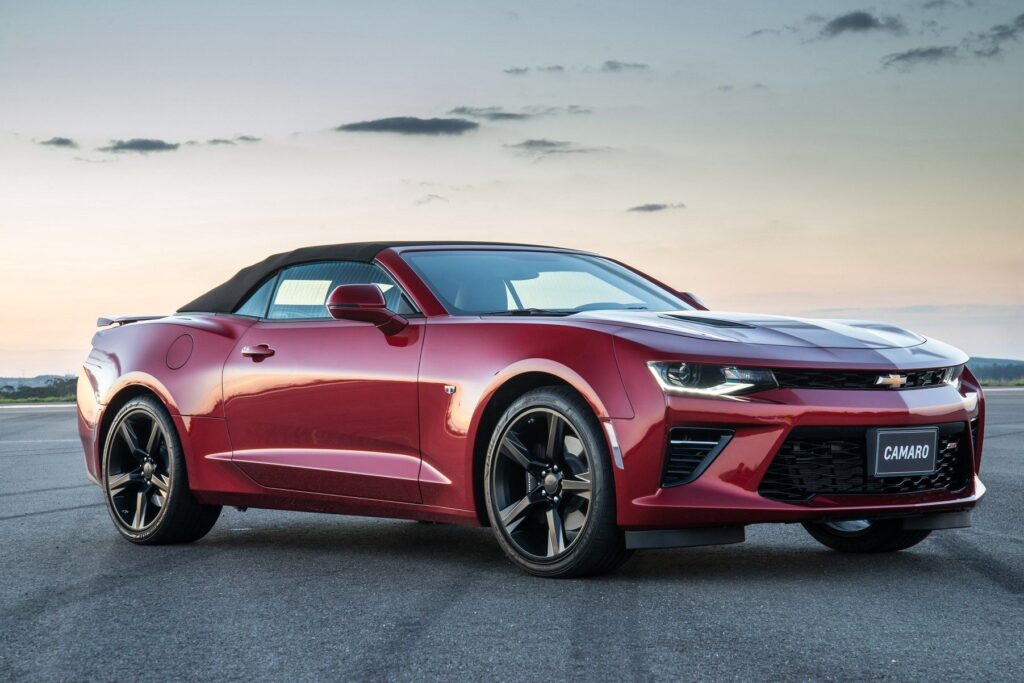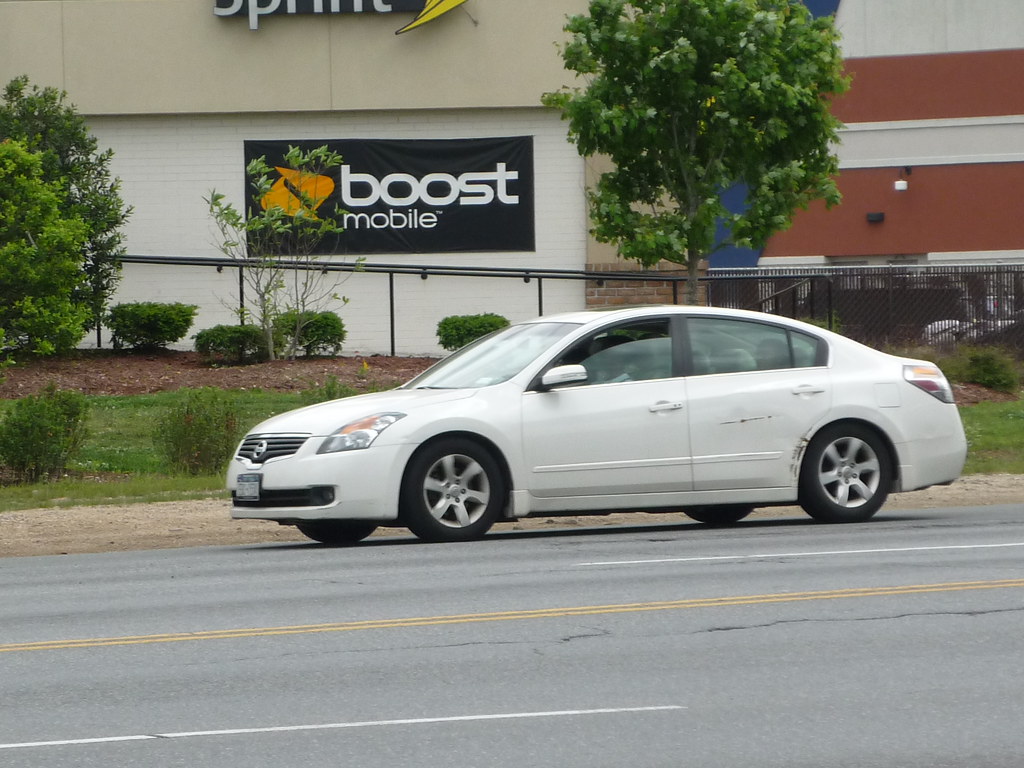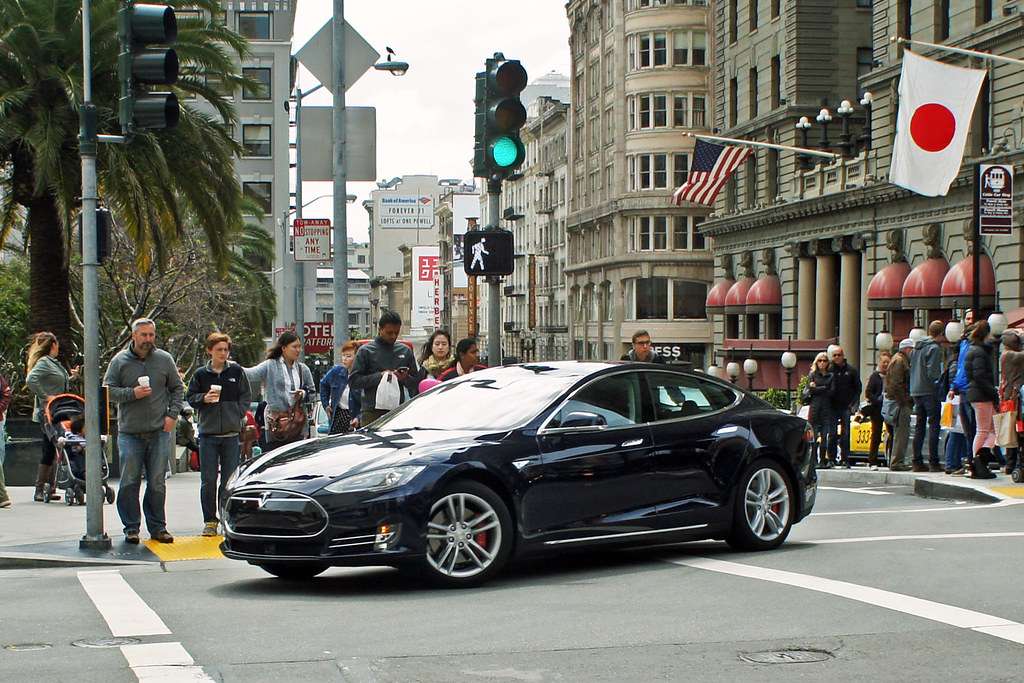
The allure of classic cars is undeniable, beckoning enthusiasts with promises of timeless style, thrilling drives, and even the potential for investment. For many, the dream of owning a piece of automotive history can seem out of reach, but the reality is far more accessible than one might imagine. This guide is crafted specifically for those who are new to the hobby, demonstrating that the open road in a vintage machine doesn’t have to break the bank, particularly when focusing on the charm and character of the 1950s. We’re here to show you that stepping into the driver’s seat of a classic can be an affordable, rewarding adventure.
Embarking on the journey of classic car ownership with a budget under $20,000 is, in fact, a remarkably smart approach for beginners. It significantly lowers the financial risk, meaning you won’t lose a fortune if a restoration project turns out to be more extensive than anticipated. This price point also opens up a surprising number of choices, even if many post-1960s classics tend to dominate this range. Crucially, opting for common models within this budget often translates to easier maintenance, thanks to the wider availability and affordability of parts, making the entire experience far less daunting and far more enjoyable for the novice enthusiast.
Our focus today shifts to an era synonymous with iconic design and burgeoning automotive culture: the 1950s. These vehicles capture a unique slice of Americana and global innovation, offering a distinctive blend of style, engineering, and nostalgia. We’ve scoured the market to bring you six exceptional examples of 1950s classic cars that can be yours for under $20,000. These aren’t just cars; they are opportunities to connect with history, embark on memorable drives, and become part of a passionate community. Let’s dive into our first three remarkable selections, each offering its own compelling reasons to park it in your garage.

1. **1950 Ford Custom Deluxe**The 1950 Ford Custom Deluxe embodies the classic post-war American automobile, offering a blend of robust design and everyday practicality that makes it an outstanding entry point into the world of classic car ownership. Listed at an enticing $15,000, this two-door sedan, affectionately known as a “Shoebox” Ford, represents a fantastic opportunity for enthusiasts seeking an authentic vintage experience without exceeding their budget. Its mileage is noted at 84,900, suggesting a life well-lived but with plenty of road still ahead for its next custodian.
What truly makes the 1950 Ford Custom Deluxe a standout is its originality and straightforward mechanics. It still retains its original Flathead V-8 engine, a 239.0 cubic inch powerhouse generating 100 HP, paired with a standard “three-on-the-tree” transmission. This combination is not only historically significant but also signifies a simpler era of automotive engineering, often translating to easier diagnosis and repair for the mechanically inclined beginner. The presence of its original drivetrain means you’re getting an unadulterated slice of 1950s motoring.
For a car of its vintage, the fact that “It starts and runs” is a significant advantage, ensuring that a new owner can begin enjoying their classic almost immediately, rather than facing an extensive restoration project from day one. This immediate drivability reduces the initial barrier to entry often associated with classic cars, allowing beginners to learn and appreciate the nuances of their new acquisition at their own pace. The 1950 Ford Custom Deluxe offers an accessible blend of heritage, performance, and value, making it an ideal choice for those venturing into the classic car scene.
Car Model Information: 2019 Mazda CX-5 Grand Touring Reserve
Categories: Articles with short description, Commons category link from Wikidata, Ford vehicles, Short description is different from Wikidata, Webarchive template wayback links
Summary: The Ford Custom is an automobile which was produced by Ford in the United States, Canada and Australia in certain years from 1949 to 1981.
Get more information about: Ford Custom
Buying a high-performing used car >>>
Brand: Ford Model: Custom Deluxe
Price: $20,961 Mileage: 52,000 mi.
Read more about: Buckle Up! We’re Ranking 12 Of George Barris’ Wildest Custom Car Creations That Defined an Era (and Blew Minds!)

2. **1951 Chevrolet Fleetline**For those who appreciate classic lines and the potential for a personalized project, the 1951 Chevrolet Fleetline presents an incredibly appealing, and remarkably affordable, option. With a listed price as low as $2,200, or $7,000 (OBO) for a potentially more developed example, this four-door Fleetline Deluxe offers a canvas brimming with possibilities. While it’s clear that some previous work has been done, and it may need further attention, its low entry cost makes it an attractive proposition for the budget-conscious enthusiast looking to dive deep into a restoration.
The context notes various modifications and components, indicating a history of ongoing projects and upgrades. Mentions of a “Corvette C1 or Chev 1955 up rear end I think 57 (new bearings),” a “Nova driveshaft?,” and a “700R4 from pickup” for the transmission, along with a “Monza 262 V8 (was placeholder for 383 oh wellnever got there),” paint a picture of a vehicle that has already begun its transformation. These details suggest a car ready for a passionate individual to complete its journey, perhaps blending period-correct aesthetics with modern reliability and performance enhancements.
Additionally, the text points out “some previous work on floor pans” and a “cool 4 door window,” which are significant details for any potential restorer. Solid floor pans are a critical foundation for any project, and the unique four-door window design is a distinctive feature of the Fleetline, adding to its character and appeal. Despite needing further attention, the 1951 Chevrolet Fleetline’s extremely affordable price point, coupled with its foundational work and unique features, offers a fantastic opportunity to own a piece of early 1950s Americana and shape it into a truly personalized classic.
Car Model Information: 1951 Chevrolet Fleetline Deluxe
Manufacturer: Chevrolet
Assembly: Flint, Michigan
Caption: 1948 Chevrolet Fleetline Sportmaster
Production: 1941–1942 ,1946–1952 (as sub-series)
Platform: GM A platform (1936)
BodyStyle: Sedan (automobile)
Layout: FR layout
Successor: Chevrolet Bel-Air
Related: Oldsmobile Series 60,Chevrolet Deluxe
Engine: 216 cuin
Abbr: on
Wheelbase: 115 in
Length: 197 in
Width: 74 in
Weight: 3155 lb
Categories: All articles needing additional references, Articles needing additional references from November 2011, Articles with short description, Cars discontinued in 1952, Cars introduced in 1941
Summary: The Chevrolet Special Deluxe Series AH Fleetline is an automobile that was produced by US auto maker Chevrolet from 1941 to 1952. From 1946 to 1948 it was a sub-series of the Chevrolet Fleetmaster rather than a series of the Special Deluxe and, from 1949 to 1951, it was a sub-series of both the Chevrolet Special and the Chevrolet Deluxe. In its final year it was offered only as a sub-series of the latter.
Get more information about: Chevrolet Fleetline
Buying a high-performing used car >>>
Brand: Chevrolet Model: Fleetline
Price: $29,900 Mileage: 437 mi.
Read more about: The Zenith of Chrome and Power: 15 Legendary Cars That Defined the 1950s Automotive Golden Era

3. **1952 MG Convertible (Kit Car)**The appeal of a classic British roadster from the 1950s is undeniable, and the 1952 MG Convertible offers an intriguing, albeit unconventional, path to achieving that aesthetic. Listed at $6,900, this particular vehicle is described as a “1972 Volkswagen Kit Car to resemble a 1952 MG,” providing the iconic look of the era combined with the underlying mechanical simplicity of a Volkswagen. This makes it a fascinating option for beginners, particularly those who are eager to engage in hands-on restoration and appreciate the distinctive charm of an MG-style car without the complexities or higher costs often associated with original, period-correct British classics.
However, it’s crucial for potential buyers to approach this with a clear understanding of its status. The listing explicitly states, “Engine needs work, not even sure if it’ll turn over. Brakes are seized up, interior and top need some love. Needs total restoration and no title but we can point you…” This comprehensive list of needs indicates that the car is a significant project. The engine requiring work, the seized brakes, and the worn interior and top all highlight that this is a purchase for someone ready to commit to a full restoration. The “no title” status is also a critical consideration, requiring careful investigation into registration processes and implications before purchase.
Despite these challenges, the prospect of restoring a “fun to drive!” 1952 MG-style kit car holds immense appeal. Its Volkswagen underpinnings often mean that parts are more readily available and generally less expensive than those for an authentic 1952 MG, potentially simplifying the restoration process for a beginner. For those who are passionate about bringing a vehicle back to life and desire the distinctive look of a 1950s British convertible, this kit car offers an affordable entry into the hobby, provided they are prepared for the dedication and effort required for a “total restoration.” It’s a project for the hands-on enthusiast, promising a rewarding journey and a unique classic when completed.
Car Model Information: 1975 MG MGB
Align: right
Direction: vertical
Caption1: Mazda MX-5 (NC)
Caption2: 1951 Hudson convertible
Caption3: BMW M3#E46
Categories: All articles with unsourced statements, Articles with short description, Articles with unsourced statements from September 2021, Automotive styling features, Car body styles
Summary: A convertible or cabriolet () is a passenger car that can be driven with or without a roof in place. The methods of retracting and storing the roof vary across eras and manufacturers.
A convertible car’s design allows an open-air driving experience, with the ability to provide a roof when required. A potential drawback of convertibles is their reduced structural rigidity (requiring significant engineering and modification to counteract the side effects of almost completely removing a car’s roof).
The majority of convertible roofs are of a folding construction framework with the actual top made from cloth or other fabric. Other types of convertible roofs include retractable hardtops (often constructed from metal or plastic) and detachable hardtops (where a metal or plastic roof is manually removed and often stored in the trunk).
Get more information about: Convertible
Buying a high-performing used car >>>
Brand: MG Model: Convertible
Price: $2,995 Mileage: 2,225 mi.

4. **1954 Ford Crestliner/Skyliner**Stepping into our next magnificent offering, we encounter the 1954 Ford Crestliner/Skyliner, a true gem that delivers substantial value for enthusiasts seeking a classic with much of the hard work already completed. Priced at a very attractive $19,950, this particular model boasts an “older restoration by previous owner,” which means it arrives in a condition that “still looks great,” ready to be admired and driven from day one. This significantly reduces the initial hurdles often associated with classic car ownership, offering a well-preserved piece of automotive history that doesn’t demand immediate, extensive investment of time or money into foundational repairs.
What makes this Crestliner/Skyliner particularly compelling is its thoughtfully upgraded powertrain, enhancing both its reliability and driving experience. The vehicle is equipped with a “1958 292 engine which has a better oiling system,” a significant improvement that addresses a common concern with older engines and contributes to its long-term health and performance. Paired with this robust engine is a “matching Cruise-O-matic, automatic transmission,” both of which have been “rebuilt.” This combination ensures a smooth and dependable ride, making it an ideal candidate for leisurely cruises or even more regular enjoyment, without the constant worry of an aged, unrefurbished drivetrain.
Further bolstering its appeal, the listing notes a “newly rebuilt 2bbl carb actual” has been installed. This detail highlights a commitment to ensuring optimal fuel delivery and engine efficiency, translating to a more responsive and reliable power plant. For the aspiring classic car owner, having these critical components already addressed and rebuilt provides immense peace of mind. It means less time troubleshooting and more time savoring the unique driving dynamics and undeniable curb appeal that only a 1950s Ford can offer.
The 1954 Ford Crestliner/Skyliner, with its blend of an older, yet still impressive, restoration and its mechanically sound, rebuilt drivetrain, truly stands out as an outstanding value under the $20,000 mark. It perfectly embodies the spirit of accessible classic car ownership, presenting a vehicle that is not just a project to be completed, but a piece of history that is ready to be driven and cherished, allowing its new owner to immediately immerse themselves in the rich culture of vintage motoring without significant upfront headaches.

5. **Volkswagen Beetle (1950-1970)**No discussion of affordable and iconic classic cars, particularly from the mid-century, would be complete without reverently mentioning the Volkswagen Beetle. While our specific timeframe focuses on 1950s classics, the Beetle’s production spanned decades, and models from the 1950-1970 era are widely available within our budget, offering a remarkably unique and accessible entry into the hobby. Renowned globally for its distinctive charm and utterly simple engineering, the Beetle represents a philosophy of practical, reliable motoring that continues to captivate enthusiasts to this day.
The genius of the Volkswagen Beetle lies in its mechanical straightforwardness, making it an absolute dream for beginners eager to get their hands dirty. It features an “ultra-simple air-cooled engine” that is famously “easy to fix.” This isn’t just a marketing slogan; the Beetle’s design philosophy prioritized ease of maintenance and repair, meaning common issues can often be diagnosed and remedied by novice mechanics with basic tools. Furthermore, the sheer volume of Beetles produced over the years has led to an unparalleled “huge global supply” of “cheap parts,” ensuring that nearly any component you might need is readily available and won’t break the bank.
Beyond its mechanical accessibility, the Beetle is genuinely “fun and practical for weekend drives,” offering “great MPG” for a classic. Its compact size and nimble handling make it a joy to navigate, whether you’re cruising through city streets or venturing out for a scenic countryside excursion. This blend of low running costs, engaging driving dynamics, and undeniable character solidifies its position as an outstanding choice for anyone looking for a classic that’s as enjoyable to own as it is to drive. Its “affordability and widespread appeal ensure it remains a highly valued classic car.”
When considering a Volkswagen Beetle from this era, a key area for potential buyers to “look for” is “rust in floor pans and heater channels.” These are common trouble spots due to the car’s construction and age, and thorough inspection in these areas can prevent costly surprises down the line. However, unlike some muscle cars, “matching numbers aren’t crucial” for a Beetle, which simplifies the buying process and often keeps prices more accessible. The enduring legacy of the Beetle, combined with its practical benefits, makes it an intelligent and joyful investment for any budding classic car enthusiast.
Car Model Information: 1969 Volkswagen Beetle (Pre-1980) Base
Sp: uk
Name: Volkswagen Type 1,”Beetle”
Caption: 1965–1966 Volkswagen Käfer
Manufacturer: Volkswagen
Alt: A front-three quarters view of a pale-yellow Volkswagen Käfer. It features 165/80R15 tires, which shod 15×4. 5″ silver, circular wheels. The Käfer features a beetle-like body, and its window is open. The picture is taken with much greenery in the background, and the photo was edited to give it a more warmer tone.
Aka: List of names for the Volkswagen Type 1
Assembly: #Markets and assembly
Designer: Ferdinand Porsche
Class: Small family car
BodyStyle: Sedan (automobile),convertible
Production: 1938–2003,21,529,464 produced
Successor: Volkswagen Golf Mk1,Volkswagen Gol#First generation (Typ30, 1980),Volkswagen New Beetle
Layout: Rear-engine, rear-wheel-drive layout
Engine: Petrol,Volkswagen air-cooled engine,1192 cc H4,1285 cc H4,1493 cc H4,1584 cc H4
Transmission: manual transmission,Saxomat,Autostick
Wheelbase: convert
Length: convert
Width: convert
Height: 1500 mm
Abbr: on
Weight: convert
Categories: 1940s cars, 1950s cars, 1960s cars, 1970s cars, 1980s cars
Summary: The Volkswagen Beetle, officially the Volkswagen Type 1, is a small family car produced by the German company Volkswagen from 1938 to 2003. A global cultural icon known for its bug-like design, the Beetle is widely regarded as one of the most influential cars of the 20th century. Its production period of 65 years is the longest for any single generation of automobile, and its total production of 21.5 million units makes it the most produced car of a single platform in history and the second-highest of all nameplates manufactured in the 20th century.
The Beetle was conceived in the early 1930s. The leader of Nazi Germany, Adolf Hitler, decided there was a need for a people’s car—an inexpensive, simple, mass-produced car—to serve Germany’s new road network, the Reichsautobahn. The German engineer Ferdinand Porsche and his design team began developing and designing the car in the early 1930s, but the fundamental design concept can be attributed to Béla Barényi in 1925, predating Porsche’s claims by almost ten years. The result was the Volkswagen Type 1 and the introduction of the Volkswagen brand. Volkswagen initially slated production for the late 1930s, but the outbreak of war in 1939 meant that production was delayed until the war had ended. The car was originally called the Volkswagen Type 1 and marketed simply as the Volkswagen. It was not until 1968 that it was officially named the “Beetle”.
Volkswagen implemented designations for the Beetle in the 1960s, including 1200, 1300, 1500, 1600, 1302, and 1303. Volkswagen introduced a series of large luxury models throughout the 1960s and 1970s—comprising the Type 3, Type 4 and K70—to supplement the Beetle, but none of these models achieved the level of success that it did. In 1972, it became the best-selling car of all time, a position it retained for nearly three decades. Rapidly changing consumer preferences toward front-wheel drive compact hatchbacks in Europe prompted Volkswagen’s gradual shift away from rear-wheel drive, starting with the Golf in 1974. In the late 1970s and ’80s, Japanese automakers dominated some markets around the world, which contributed to the Beetle’s declining popularity.
The Beetle remains one of the best-selling cars of all time and is the first to sell over 20 million units. Over its lifespan, its design remained consistent, yet Volkswagen implemented over 78,000 incremental updates. These modifications were often subtle, involving minor alterations to its exterior, interior, colours, and lighting. Some more noteworthy changes included the introduction of new engines, models and systems, such as improved technology or comfort. The Beetle maintains a substantial cultural influence and is regarded as one of the most iconic vehicles in automotive history; its success largely influenced the way automobiles are designed and marketed, and propelled Volkswagen’s introduction of a Golf-based series of vehicles.
Get more information about: Volkswagen Beetle
Buying a high-performing used car >>>
Brand: Volkswagen Model: Beetle
Price: $30,950 Mileage: 43,823 mi.

6. **1948 Pontiac Silver Streak**For those who crave a truly distinctive and historically significant vehicle that stands apart from the common classic, the 1948 Pontiac Silver Streak Deluxe presents an “amazing and rare” opportunity. Though technically a late 1940s model, this car embodies the sophisticated styling and robust engineering that seamlessly transitioned into the early 1950s, making it a perfectly aligned choice for our exploration of affordable vintage cars. With a price tag of just $7,500, this Silver Streak offers an incredible entry point into owning a piece of American automotive heritage, a vehicle that commands attention and admiration wherever it goes.
A significant advantage for potential owners is the immediate drivability of this particular Silver Streak, as the listing confidently states, “Car starts and drive.” This crucial detail means you can bypass the extensive and often expensive initial restoration work frequently associated with cars of this age and instead focus on enjoying its timeless appeal. Under the hood lies an impressive “8 cylinder In-line Automatic Transmission,” providing a smooth and powerful motoring experience. This in-line eight-cylinder engine was a hallmark of luxury and performance in its day, offering a refined power delivery that makes cruising a genuine pleasure, while the automatic transmission ensures a relaxed driving experience.
The vehicle’s authenticity is further underscored by its “6 Volt with 3-speed Automatic transmission” setup, a characteristic detail of the era that connects the driver directly to the automotive technology of the late 1940s. While 6-volt systems require a slightly different approach to electrical components than modern 12-volt systems, they are part of the car’s original charm and maintain its historical integrity. The mention that “tires it is in good Condition” also adds to the car’s immediate usability, meaning a new owner won’t be faced with an immediate, essential expense right after purchase.
The 1948 Pontiac Silver Streak Deluxe is more than just a car; it’s a statement, a tangible link to an opulent period of automotive design and engineering. Its rarity and the sheer presence it exudes are invaluable, offering an experience far beyond its modest price. For the enthusiast seeking a classic that is both a reliable runner and a conversation starter, offering an effortless blend of performance and historical significance, this Pontiac Silver Streak is an exceptional choice, truly one of the most compelling values in the under-$20,000 classic car market.
**The Road Ahead: Embracing Your Classic Car Dream**
As we’ve journeyed through these six incredible examples, it becomes abundantly clear that the dream of owning a piece of automotive history is not only attainable but wonderfully affordable. From the robust practicality of a Ford Custom Deluxe to the unique charm of a Volkswagen Beetle, and the rare elegance of a Pontiac Silver Streak, each vehicle we’ve showcased offers a distinct pathway into the vibrant world of classic car ownership for less than $20,000. These aren’t just old cars; they are invitations to embark on new adventures, connect with a rich heritage, and join a passionate community of enthusiasts.
Choosing an affordable classic is a smart move for any beginner, minimizing financial risk while maximizing the joy of hands-on involvement. Whether you’re drawn to a vehicle that’s ready to cruise, like the well-restored Ford Crestliner/Skyliner, or one that offers a rewarding project, such as the 1951 Chevrolet Fleetline or the 1952 MG Convertible Kit Car, the market is brimming with opportunities. The key is thorough research, an understanding of potential maintenance, and a genuine appreciation for the character and story each vintage machine tells.
Car Model Information: 2019 Mazda CX-5 Grand Touring Reserve
Name: Pontiac straight-8 engine
Aka: Silver Streak
Production: 1933–1954
Manufacturer: Pontiac (automobile)
Configuration: Naturally aspirated,Straight-eight engine
Valvetrain: Cam-in-block#L-head
Block: Cast iron
Head: Cast iron
Fueltype: Gasoline
Fuelsystem: Carter Carburetor
Coolingsystem: Radiator (engine cooling)
Oilsystem: Full pressure
Displacement: {{convert,223,cid,L,1,abbr=on
Abbr: Overhead valve engine
Power: convert
Torque: convert
Predecessor: 251 cid
Successor: 287 cid
Compression: 5.7:1, 6.8:1, 7.7:1
Categories: All articles with unsourced statements, Articles with short description, Articles with unsourced statements from April 2021, Pontiac engines, Short description is different from Wikidata
Summary: The Pontiac straight-8 engine is an inline eight-cylinder automobile engine produced by Pontiac from 1933 to 1954. Introduced in the fall of 1932 for the 1933 models, it was Pontiac’s most powerful engine at the time and the least expensive eight-cylinder engine built by an American automotive manufacturer. During its 21-year run displacement of the “eight” increased twice as platforms grew. It was superseded by Pontiac’s new V8, the 287, in 1955. Engine block and cylinder heads were cast at Saginaw Metal Casting Operations then assembled at Tonawanda Engine before delivery to Pontiac Assembly for installation.
Get more information about: Pontiac straight-8 engine
Buying a high-performing used car >>>
Brand: Pontiac Model: Silver Streak
Price: $20,961 Mileage: 52,000 mi.
Read more about: Post-War Powerhouses: The Most Iconic & Popular Cars of the 1940s
So, for those who’ve long harbored the desire to park a slice of history in their driveway, now is truly the time to act. These vehicles offer not just transportation, but a tangible connection to the past, a unique form of self-expression, and endless opportunities for memorable drives and proud moments. The open road beckons, and with these accessible options, your classic car adventure is just beginning. Get out there, find your perfect match, and let the timeless journey unfold!



